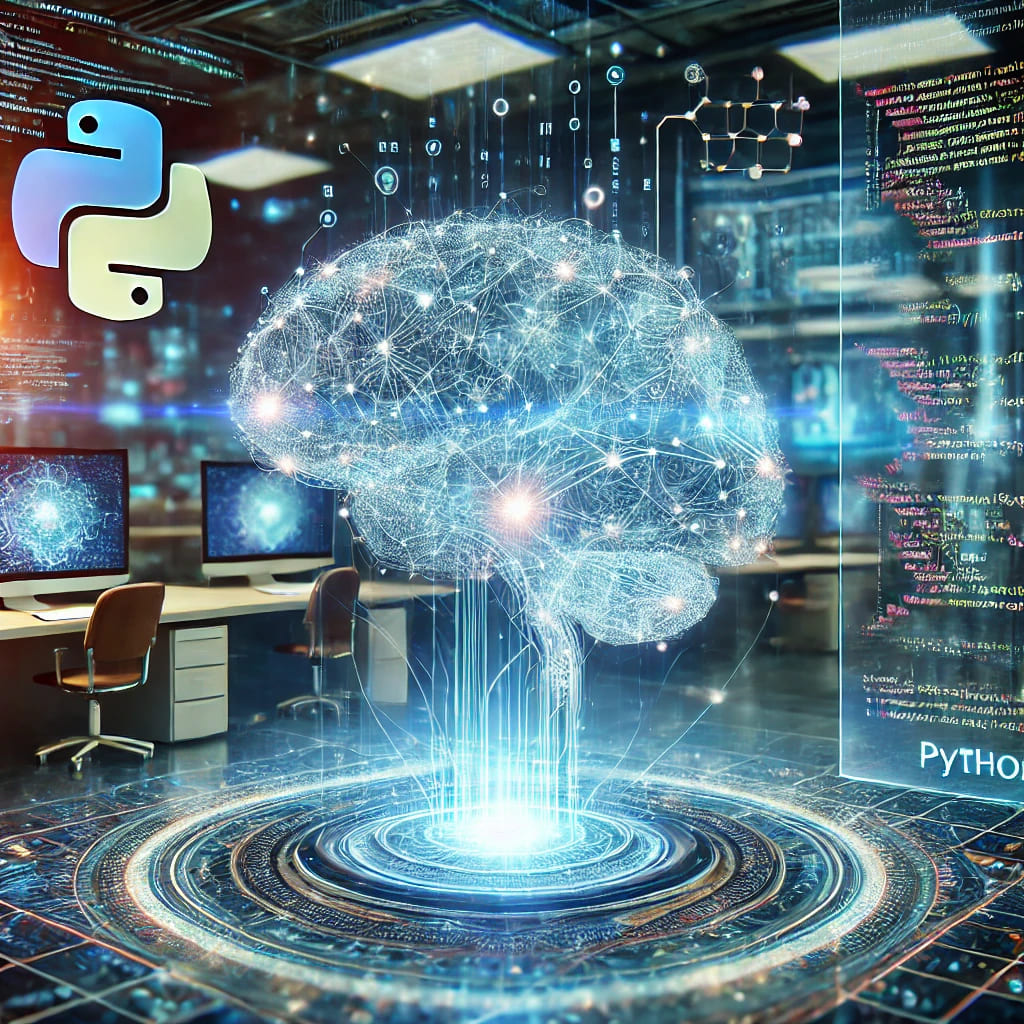Python and Machine Learning: A Perfect Match
Published: 01/03/25 by stsykalovskyi

Why Python for Machine Learning?
-
Ease of Learning and Use
Python’s simple and readable syntax makes it an ideal language for both beginners and experts. Unlike other programming languages, Python allows developers to focus on problem-solving rather than struggling with syntax. -
Rich Ecosystem and Libraries
Python boasts a vast array of libraries that simplify machine learning development:- NumPy and Pandas for data manipulation and analysis.
- Matplotlib and Seaborn for data visualization.
- Scikit-learn for implementing ML algorithms efficiently.
- TensorFlow and PyTorch for deep learning applications.
-
Community Support
With a massive and active community, Python developers can easily find solutions to their problems, access tutorials, and receive support from experts worldwide. -
Integration Capabilities
Python can seamlessly integrate with other programming languages, databases, and cloud platforms, making it highly adaptable for various machine learning applications.
Key Applications of Machine Learning in Python
- Predictive Analytics: Python is widely used in finance and marketing to predict stock prices, customer behavior, and sales trends.
- Natural Language Processing (NLP): Libraries like NLTK and spaCy enable Python to power chatbots, sentiment analysis, and language translation systems.
- Computer Vision: OpenCV and TensorFlow allow Python to process and analyze images for applications like facial recognition and medical imaging.
- Recommendation Systems: Companies like Netflix and Amazon use Python-based ML models to provide personalized content recommendations.
Getting Started with Machine Learning in Python
If you’re new to ML, follow these steps to get started:
-
Set Up Your Environment
Install Python and key ML libraries using:pip install numpy pandas matplotlib scikit-learn tensorflow -
Learn the Basics
Understand Python fundamentals, data structures, and key ML concepts such as supervised and unsupervised learning. -
Work on Small Projects
Begin with simple projects like predicting house prices, classifying emails as spam or non-spam, or building a basic chatbot. -
Explore Advanced Techniques
As you progress, dive into deep learning, reinforcement learning, and neural networks using TensorFlow or PyTorch.
Conclusion
Python has firmly established itself as the leading language for machine learning, thanks to its simplicity, vast library support, and strong community. Whether you are a beginner or an experienced developer, mastering Python for ML can open doors to exciting career opportunities and innovative projects. Start your journey today and be part of the AI revolution!
Category: Programming
Tags: machine_learning python